| Common Name begins with: [ A ] [ B ] [ C ] [ D ] [ E ] [ F ] [ G ] [ H ] [ I ] [ J ] [ K ] [ L ] [ M ] [ N ] [ O ] [ P ] [ Q ] [ R ] [ S ] [ T ] [ V ] [ W ] [ Y ] [ Z ] |
| Scientific Name begins with: [ A ] [ B ] [ C ] [ D ] [ E ] [ F ] [ G ] [ H ] [ J ] [ L ] [ M ] [ N ] [ O ] [ P ] [ S ] [ T ] [ U ] [ V ] [ Z ] |
| Once on a species account page, clicking on the "View PDF" link will show the flight data for that species, for each of the three regions of the state. Other information, such as high counts and earliest/latest dates, can also been seen on the PDF page. |
| Related Species in PIERIDAE: | |
|---|---|
<<   >> >> | |
| Links to other butterfly galleries: [Cook] [Lynch] [Pippen] [Pugh] | |||
| Photo Gallery for Falcate Orangetip | |||
 | Photo by: Sam Bland Comment: Hammocks Beach State Park, Onslow Co.; 2005-Apr-05, male Falcate Orangetip - Click to enlarge | 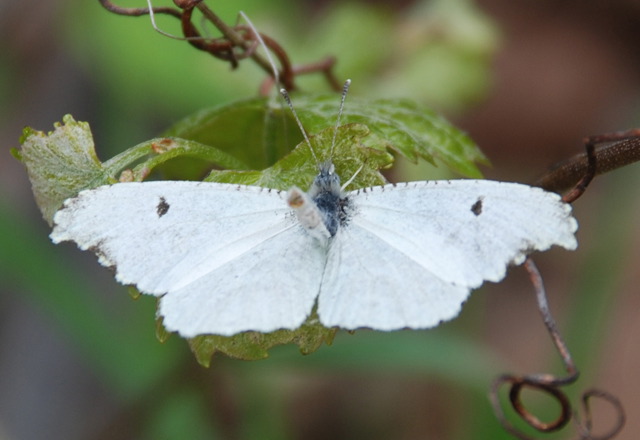 | Photo by: Jessie Summers Comment: Raven Rock State Park, Harnett Co. 2008-Apr-09. Female signaling male. Falcate Orangetip - Click to enlarge |
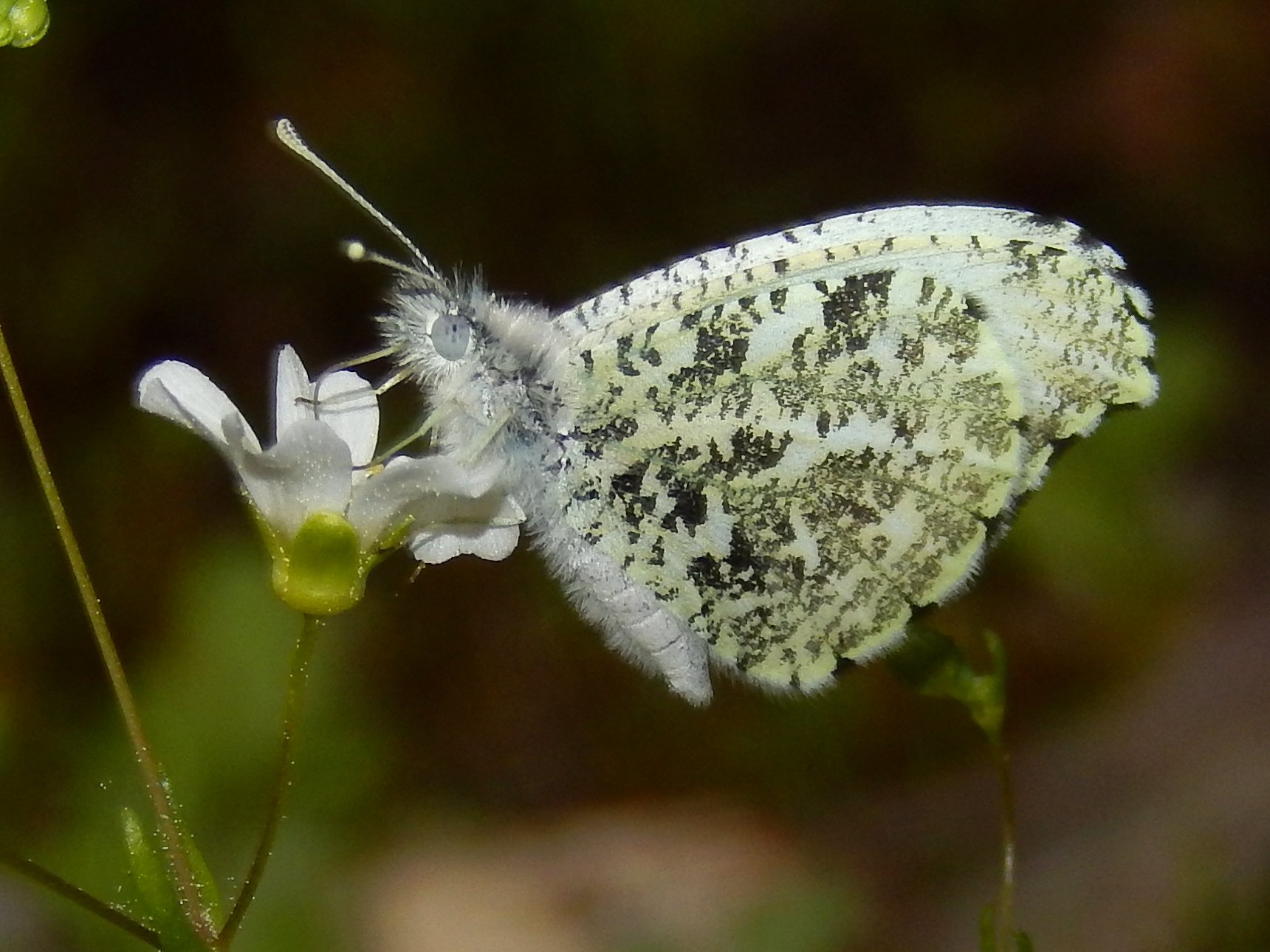 | Photo by: Richard Stickney Comment: Wake Co., March 2020 Falcate Orangetip - Click to enlarge | 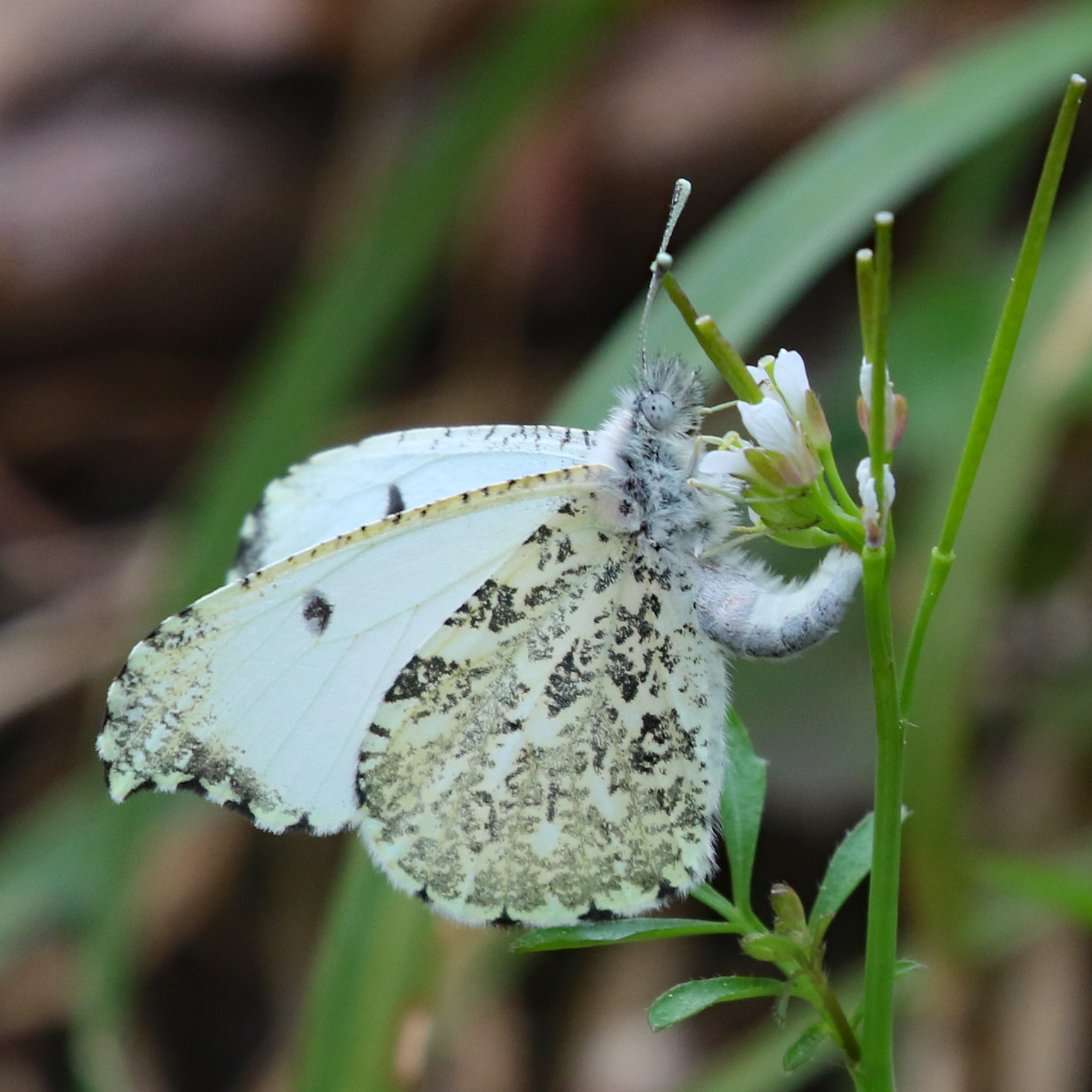 | Photo by: Will Stuart Comment: March 11, 2020. Chester County, SC; female ovipositing Falcate Orangetip - Click to enlarge |
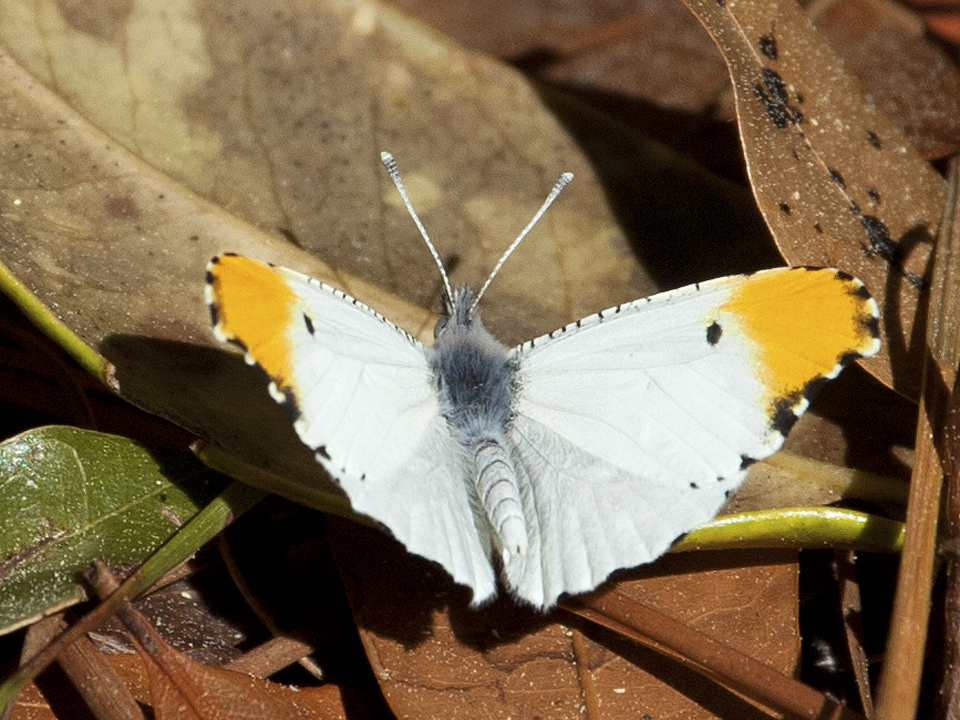 | Photo by: John Ennis Comment: Ev-Henwood Nature Preserve, Brunswick County. 2012-March-11; male Falcate Orangetip - Click to enlarge | 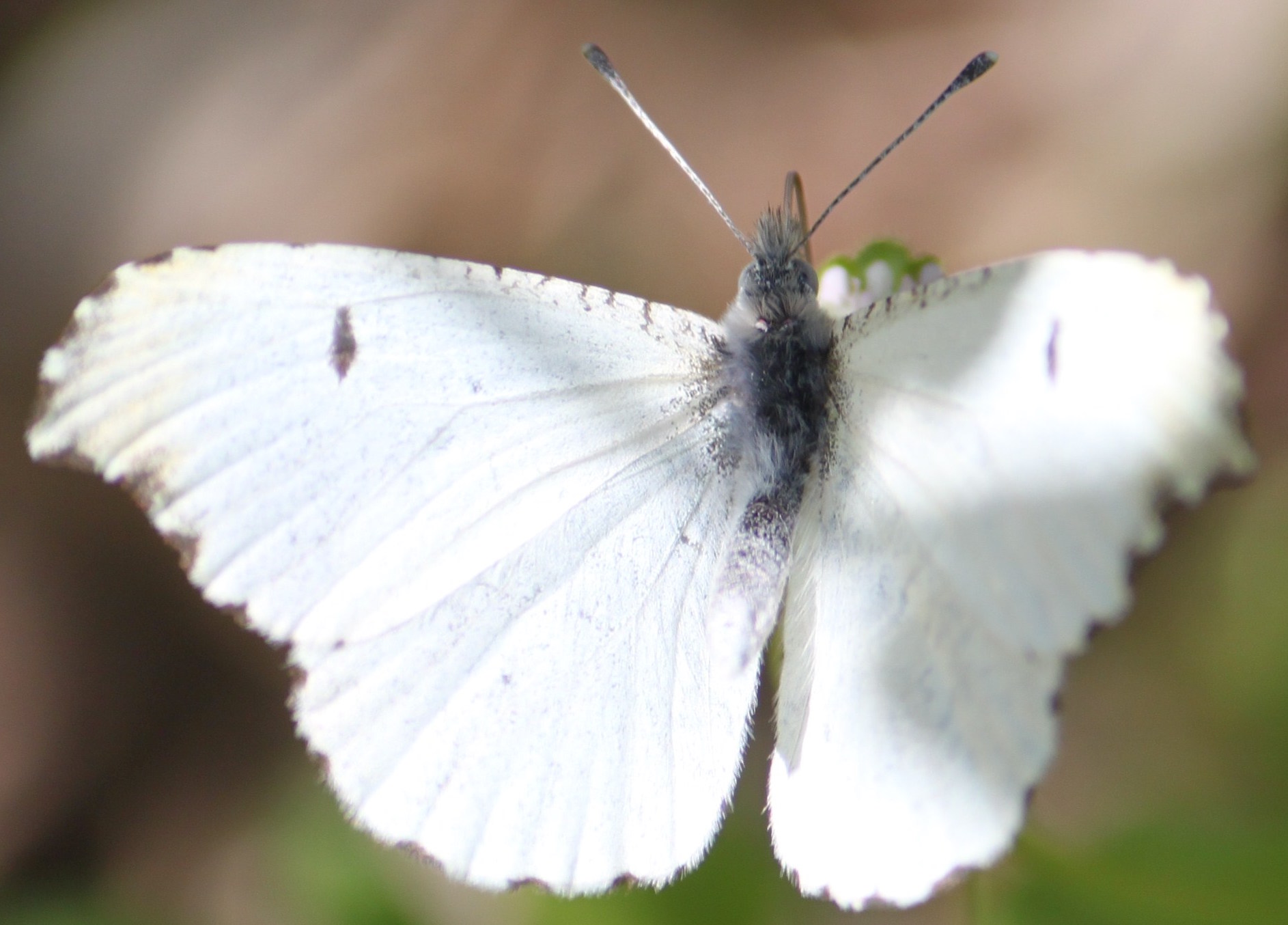 | Photo by: Rob Van Epps Comment: Apr 3, 2011. West Branch Preserve, Mecklenburg Co.; female Falcate Orangetip - Click to enlarge |
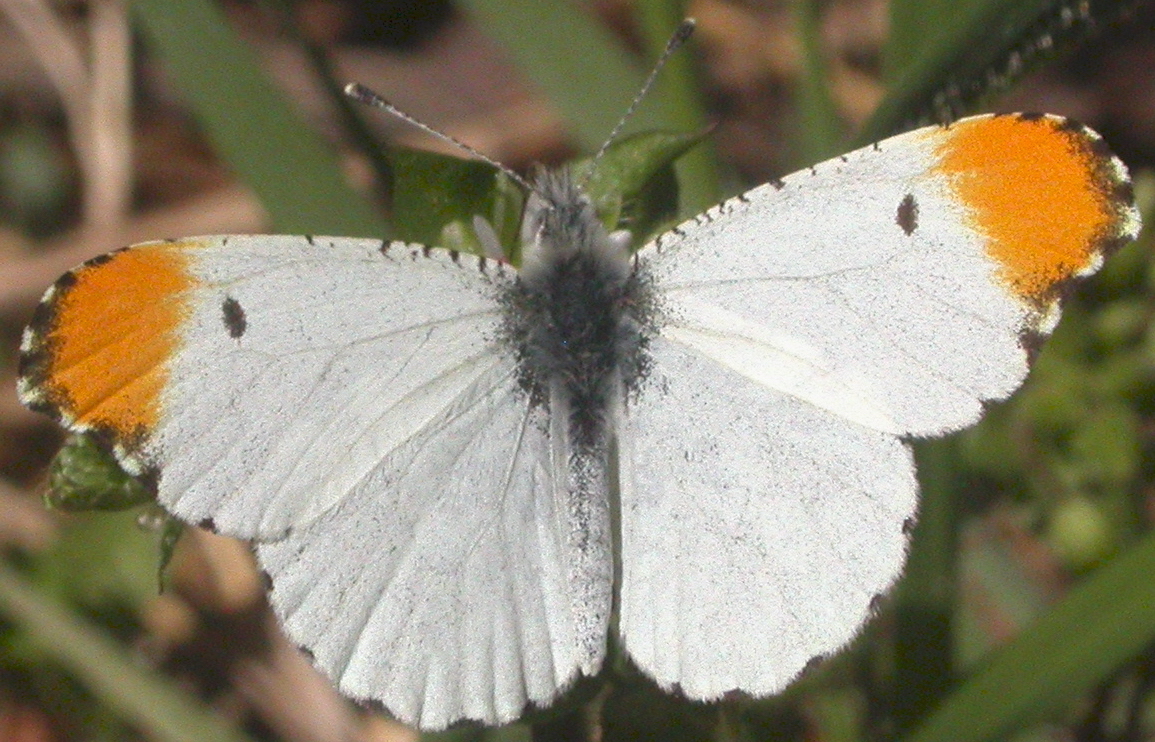 | Photo by: Rob Van Epps Comment: Mar 18, 2006, Mecklenburg Co. Male Falcate Orangetip - Click to enlarge | 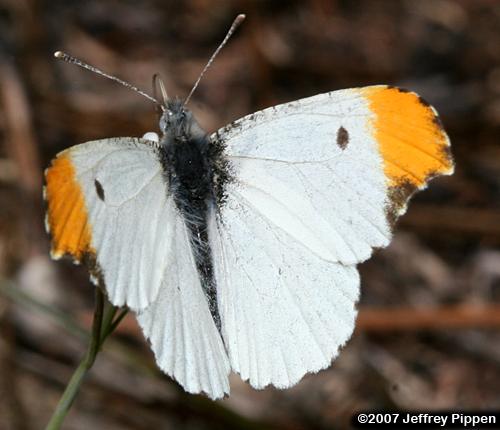 | Photo by: Jeff Pippen Comment: Male. Gates Co., NC 13 Apr 2007 Falcate Orangetip - Click to enlarge |
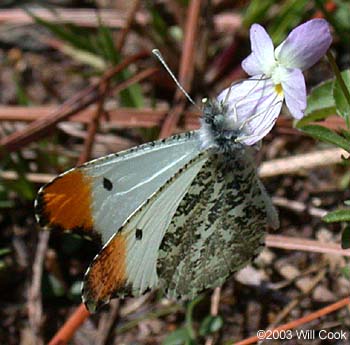 | Photo by: W. Cook Comment: Male, Durham Co., NC; 22 March 2003 Falcate Orangetip - Click to enlarge | ||